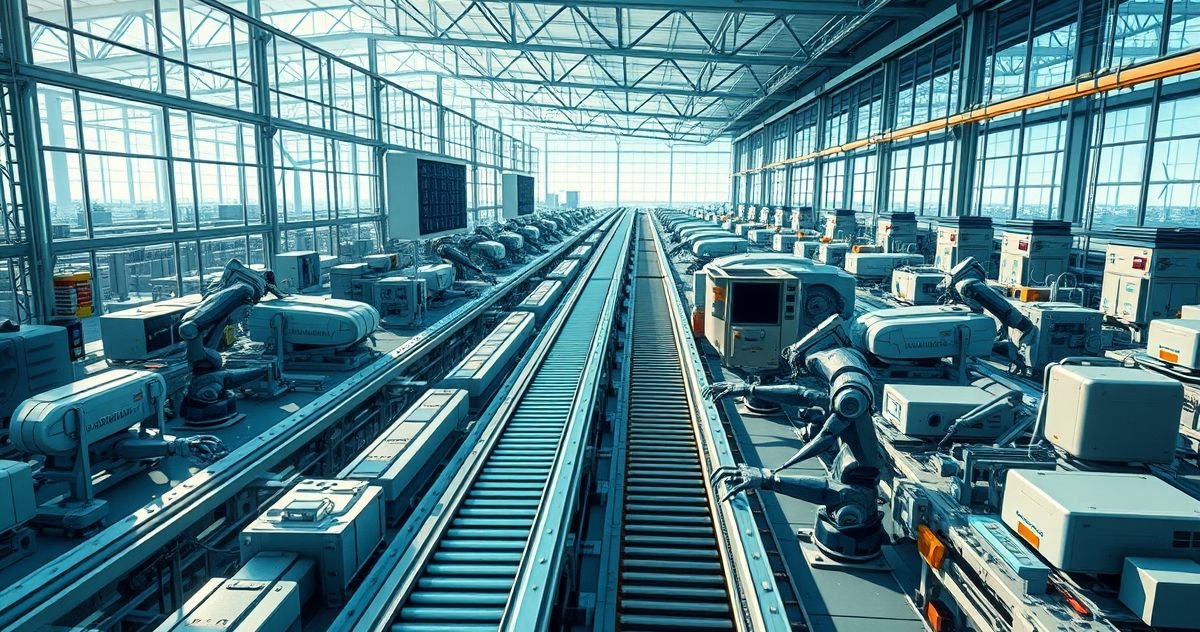Understanding the Advanced Manufacturing Credit
The Advanced Manufacturing Credit is a pivotal element in the realm of tax benefits aimed at encouraging the growth and efficiency of the manufacturing sector. This tax incentive is tailored to businesses that implement advanced manufacturing techniques, providing them with credits to offset costs and promote innovation. Its primary purpose is to stimulate economic growth by reducing the financial burden on manufacturers investing in advanced technologies.
Primary Purpose of the Advanced Manufacturing Credit
The main objective of the Advanced Manufacturing Credit is to incentivize the manufacturing industry to integrate cutting-edge technologies and processes. By doing so, it fosters enhanced productivity, competitiveness, and sustainability in the manufacturing field. This credit is crucial for businesses looking to modernize operations and remain competitive in an increasingly technological marketplace.
Key Features and Components
The Advanced Manufacturing Credit typically involves several key features that businesses must understand:
- Eligibility Criteria: To qualify, businesses must invest in recognized advanced manufacturing technologies, including automation, AI, IoT integration, and data analytics.
- Expenditure Scope: Credits are generally applicable to expenses incurred in the acquisition of qualifying equipment and technology upgrades.
- Credit Value: The value of the credit varies based on the type and amount of investment but is designed to provide significant relief on tax liabilities.
Relevant Filing and Compliance Requirements
To capitalize on the Advanced Manufacturing Credit, businesses need to adhere to specific compliance guidelines, including:
- Detailed Documentation: Maintaining thorough records of all qualifying expenditures is essential. This includes invoices, project scopes, and proof of technology integration.
- Timely Submission: Businesses must ensure that claims for the credit are submitted within the stipulated period, typically accompanying annual tax filings.
- Adherence to Guidelines: It is critical to comply with any additional guidelines set forth by the IRS or relevant tax governing bodies to ensure eligibility and prevent disallowance.
Penalties or Consequences for Non-compliance
While the Advanced Manufacturing Credit offers significant fiscal advantages, failure to comply with requirements can lead to penalties, including:
- Credit Denial: Incomplete or inaccurate submissions may result in the denial of the credit.
- Audits and Investigations: Discrepancies or fraudulent claims could prompt audits and lead to further scrutiny into the taxpayer’s operations.
- Financial Penalties: Non-compliance could attract financial penalties, potentially neutralizing any credit received.
Importance in Tax Resolution and Financial Compliance
The Advanced Manufacturing Credit is indispensable for manufacturers aiming to maintain financial compliance while maximizing tax benefits. It not only aids in reducing operational costs but also serves as a catalyst for adopting sustainable and efficient manufacturing practices. For tax resolution, this credit is vital as it helps minimize tax liabilities, freeing up resources to reinvest in innovation and expansion. Moreover, it ensures adherence to regulatory compliances, thus protecting businesses from legal and financial repercussions.
Overall, the Advanced Manufacturing Credit is a crucial component for businesses in the manufacturing sector. It aids in the advancement of technology, fosters economic resilience, and ensures that manufacturers can continue to thrive in a competitive global market by providing the necessary fiscal incentive to innovate and grow.



